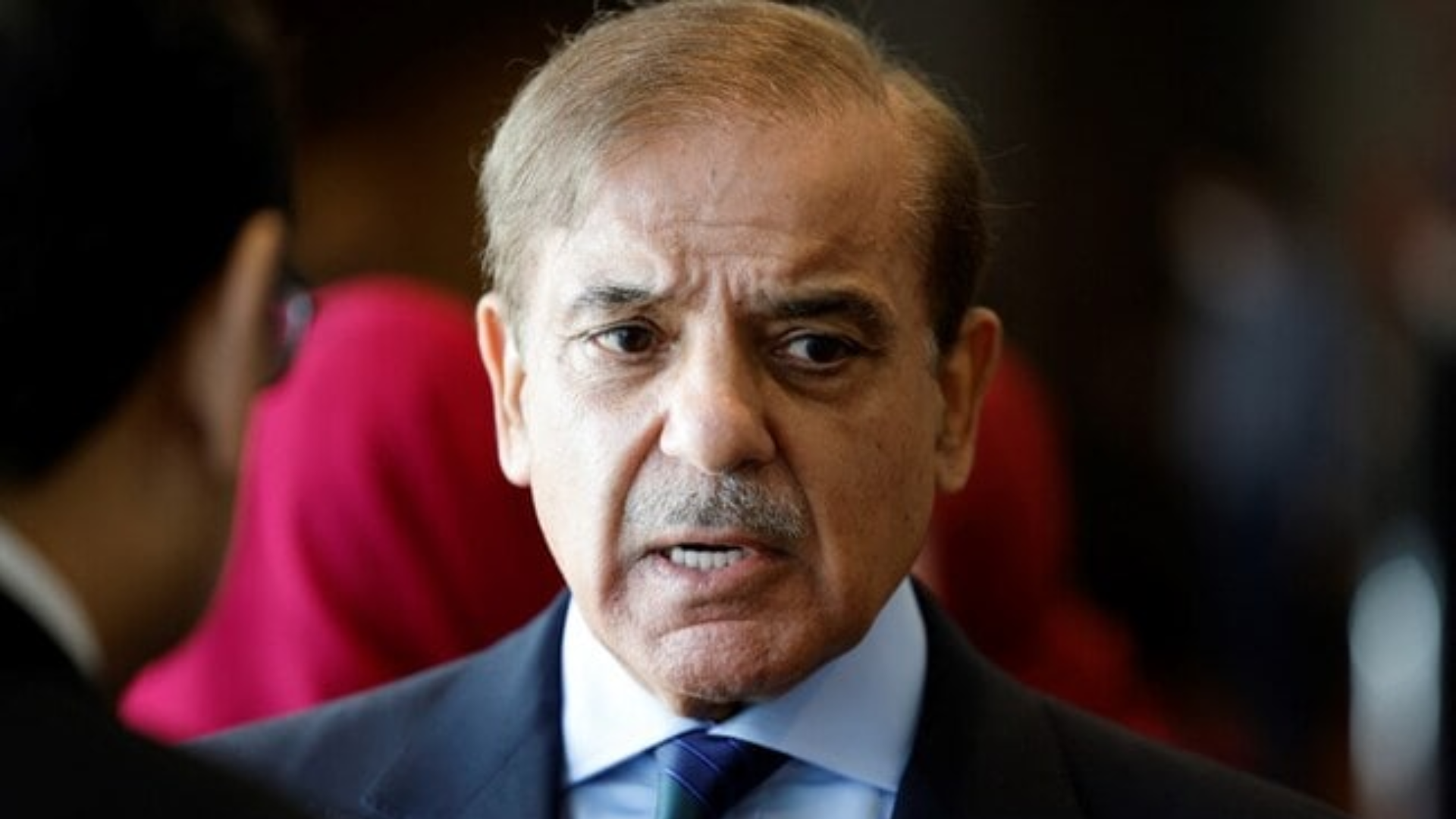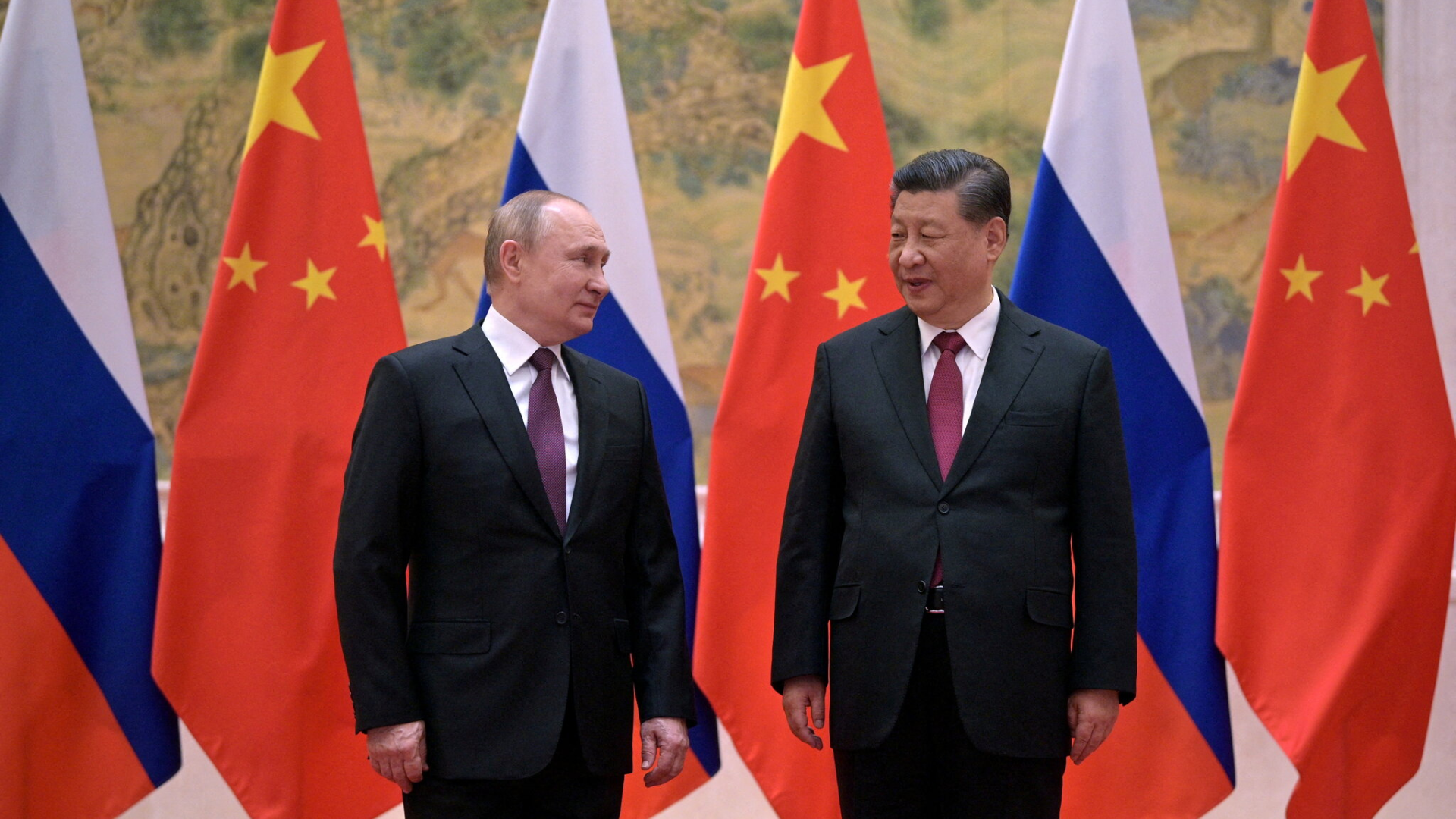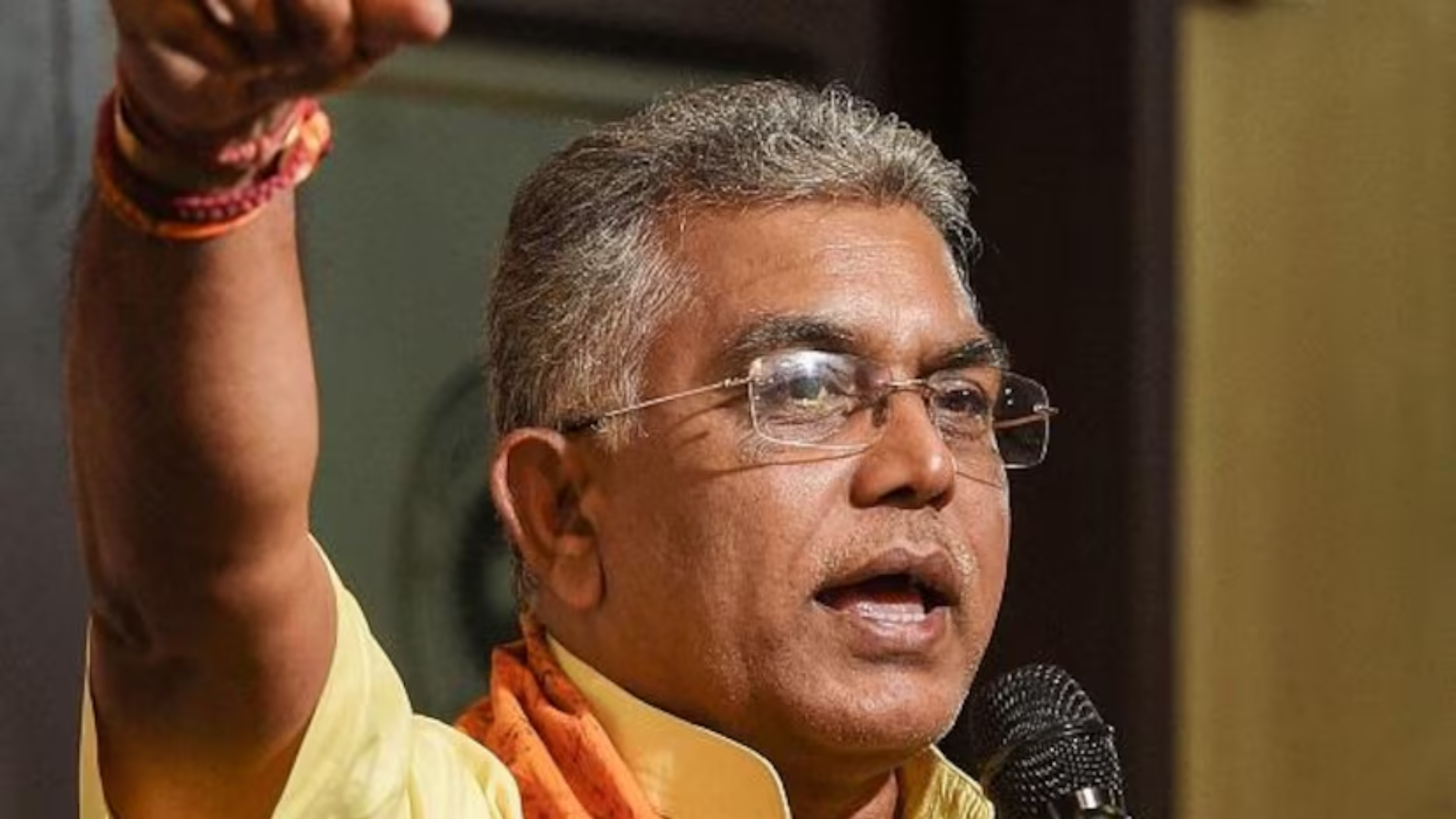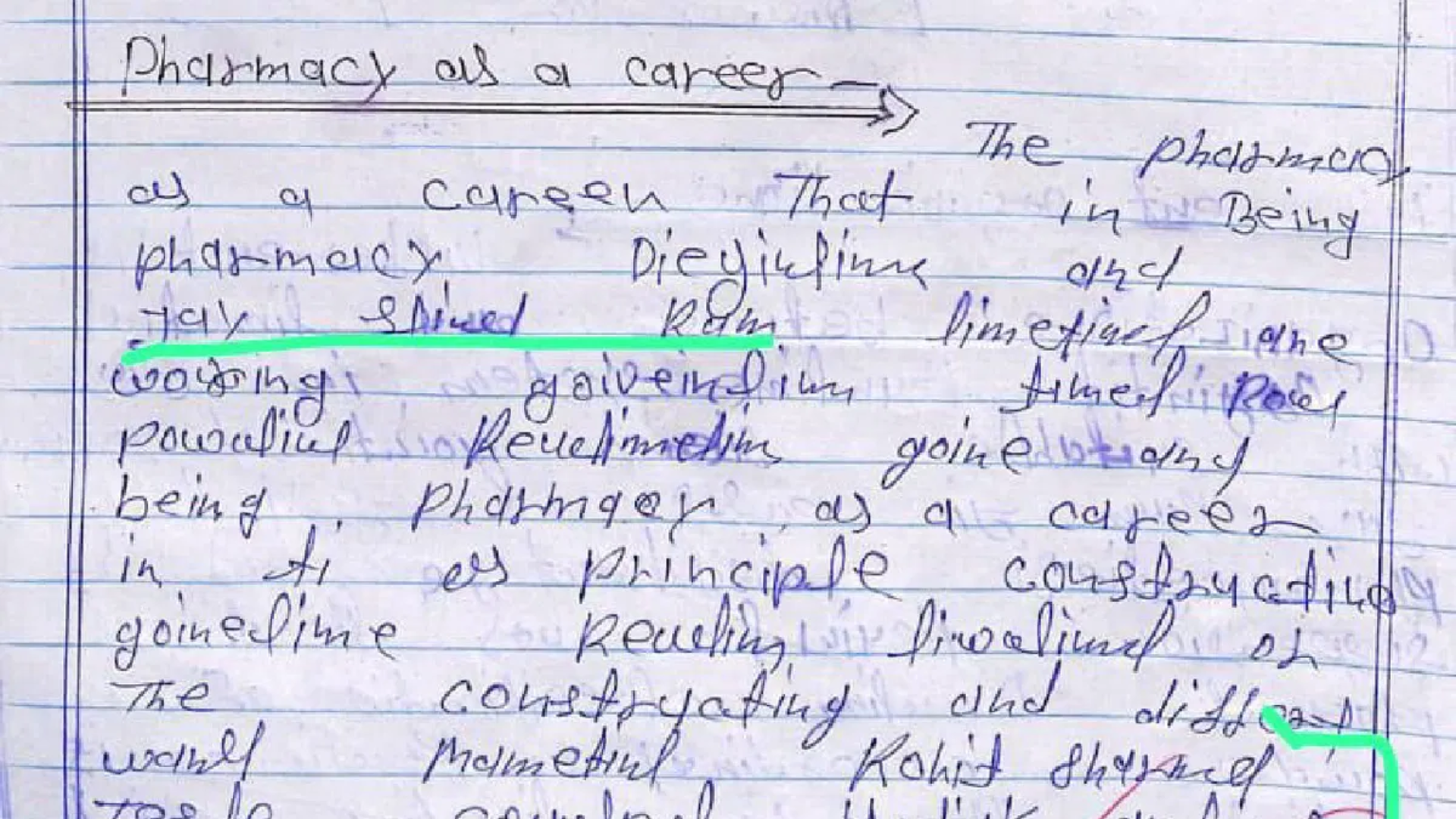










As part of ongoing work to match the nomenclature of the monkeypox illness, virus, and variations—or clades—with contemporary best practises, a committee of international specialists brought together by WHO has decided on new names for monkeypox viral variants. Roman numerals will be used to identify the clades, the experts decided.
Before the current recommended guidelines for naming illnesses and viruses were implemented, the monkeypox virus was given its name upon its initial discovery in 1958.
The name of the illness it produces is similar. Major kinds were categorised based on the regions where they were thought to be most common.
The current best practise is to avoid offending any cultural, social, national, regional, professional, or ethnic groups and to limit any detrimental effects on commerce, travel, tourism, or animal welfare when naming newly detected viruses, associated diseases, and viral variations.
Disease: Under the International Classification of Diseases and the WHO Family of International Health Related Classifications, WHO is responsible for giving new names to diseases that already exist (WHO-FIC). Public consultation on a new disease nomenclature for monkeypox is being held by WHO.
The International Committee on the Taxonomy of Viruses (ICTV), which is now working to identify the monkeypox virus, is in charge of naming viral species.
Clades and variations: Scientists typically disagree when naming variants for existing diseases. WHO called an emergency conference on August 8 to allow virologists and public health specialists to quickly agree on new nomenclature in the context of the ongoing outbreak.
A review of the phylogeny and nomenclature of known and novel monkeypox virus variations or clades was conducted by experts in pox virology, evolutionary biology, and representatives of research institutes from across the world.
They talked about the properties and development of monkeypox virus variants, their apparent phylogenetic and clinical variations, and their ramifications for future virological and evolutionary study as well as for public health.
The panel came to an agreement on updated nomenclature for the viral clades that follows industry standards. They came to an understanding of how viral clades should be listed and organised on genomic sequence repository sites.
The old Congo Basin (Central African) clade was agreed to be referred to as Clade one (I) and the former West African clade as Clade two (II). Furthermore, it was determined that Clade II had two subclades.
A Roman number for the clade and a lower-case alphanumeric character for the subclades will serve as symbols for the correct naming structure.
As a result, the revised nomenclature includes Clade I, Clade IIa, and Clade IIb, with the latter designating the set of variations that were mostly in circulation during the 2022 worldwide pandemic. As the epidemic develops, lineages will be given the names that experts have suggested. The experts will meet again if necessary.
While work on the disease and virus names continues, the new names for the clades should take effect right away.
Also Read: Monkeypox: Health Ministry lists do’s and don’ts for the epidemic as India witnesses rise in cases









